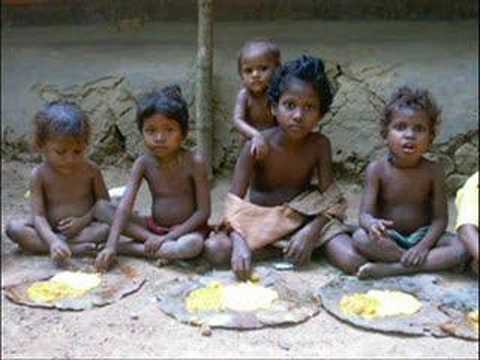COVID-19 Has Plunged 15 Crore More Children Into Poverty, Says UNICEF Study

The COVID-19 pandemic and lockdown measures that ensued have led to an increase in the number of children living in multidimensional poverty, according to a UNICEF and Save the Children analysis released on Thursday.
In absolute number terms, the figure has soared to approximately 1.2 billion children living in deprivation in low and middle-income countries. This accounts for an additional 15 crore children since the pandemic hit earlier this year.
The multidimensional poverty analysis uses data on access to education, healthcare, housing, nutrition, sanitation and water from more than 70 countries. It suggests that around 45 per cent of children were severely deprived of at least one of these critical needs in the countries analysed before the pandemic.
UNICEF and Save the Children looked at how many children were deprived of each indicator of multidimensional poverty and compared it with the child population in countries analysed to give a statistical number to the deprivations children are experiencing today, and before the pandemic.
The warning from the two organisations is that the situation is likely to worsen in the months to come.
The report notes that child poverty is much more than a monetary value. Although measures of monetary poverty such as household incomes are important, they provide only a partial view of the plight of children living in poverty. It also points to the need to implement multi-sectoral policies addressing health, education, nutrition, water and sanitation, and housing deprivation to end multidimensional poverty.
Social protection, inclusive fiscal policies, investments in social services, employment and labour market interventions to support families are critical to lifting children out of poverty and preventing further devastation, they say, iterating the need to expand access to quality healthcare and providing the tools and technology needed for children to continue their education remotely; and investing in family-friendly policies such as paid leave and child care.
There are not only more children experiencing poverty than before, the poorest children are getting poorer as well, the study notes. Some children may suffer one or more deprivations and others none at all, therefore the average number of deprivations suffered per child can be used to assess how poor children are. Before the pandemic, the average number of severe deprivations per child was around 0.7. It is now estimated to have increased by 15 per cent to around 0.85.
Earlier, a report in the prestigious UK medical journal, The Lancet, had said that the survival of mothers and children is at great risk as cases of COVID-19 threaten to overwhelm life-saving health services. Authors of the report presented evidence on the potential rise in maternal and child mortality in low-income and middle-income countries if essential health services were to be disrupted as a result of the coronavirus pandemic.
Closer home, live births have reported a dip by 40 per cent in Gujarat, according to an Indian Express report. Ahmedabad district alone has seen a 60 per cent dip in live births between April and June this year (13,800), compared to the 34,500 recorded during the same period in 2019. The newspaper quoted a senior district health officer denying this decline, ascribing it to a data entry issue.
“Health workers were deployed for COVID-19 work and TECHO entries (software installed in mobile devices, carried by ASHA workers to make data entries in real-time) were stopped,” the newspaper quoted the district health official as saying.

Comments are closed.